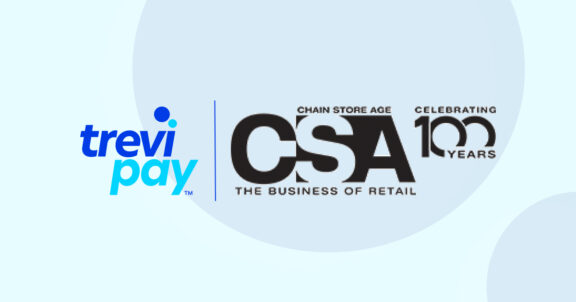User Centricity at TreviPay
TreviPay takes a user-centric approach to product creation. We focus on creating and improving the user experiences to make products easier, faster and smarter for our end users. Understanding the customer, merchant and client point of view is our primary method of improving the overall user experience. We use multiple types of UX research methods to understand the end user’s goals, needs and pain points. We employ a UX situation framework that assists teams in deciding on a UX method to use in feature creation.
Learning What UX Situational Frameworks Exist
As we work to make UX research methods and knowledge more accessible and inclusive across the organization, our UX team searched for a framework to pass to our product management team that would offer productive answers to the question of “What is the best research method to use for the situation or at the product creation stage?” We explored a variety of frameworks but decided to create our own instead. Our framework focuses mainly on the three phases of the UX process we use for product creation:
- Listening to and understanding the user
- Testing new designs and concepts
- Measuring post launch value—which helps us maintain UX maturity at TreviPay
At each of these stages, there are research steps that UX and product teams use to better the user experience.
The framework starts by asking the reader, “How far along are you in your solutioning?” The answer options provide directions within the product creation in the Listening, Testing and Post-Launch Learning categories.
UX Situational Research Framework
The framework aligns product creation conditions with possible research methods and design situations we use when building product features.
The UX Situational Research Framework in Action
Prior to creating a feature that works to improve the user experience, we use methods from the discovery portion of the framework to learn more deeply about the main user issues. Then, after designing a potential solution, we test it with potential users to gain feedback before engineering. Finally, when a new feature is released, it moves to the Post-Launch Learning portion of the framework. In this case, to learn if the effectiveness of the feature with current users, we evaluate the NPS feedback that the customer experience team gathers to understand if the feature is improving the experience. We also study clickstream analytics data to understand customer behaviors within the portal. If we see a feature we created to solve an issue being used differently than we anticipated, we may have to conduct further research to understand why and then adjust based on the additional learnings.
The goal of this framework is to provide key stakeholders on the TreviPay team valuable information about situations encountered during the product creation process with an additional tool to help create product features. Our goal is always to create effective solutions to ensure customer and client satisfaction.







